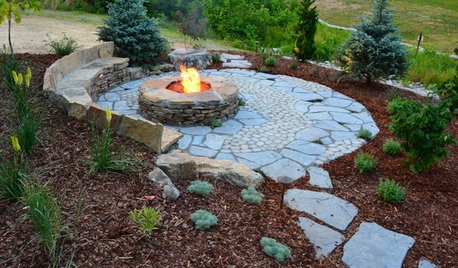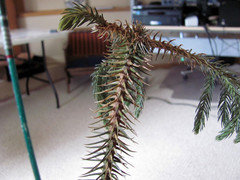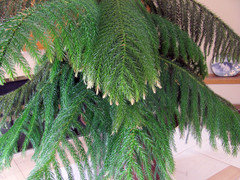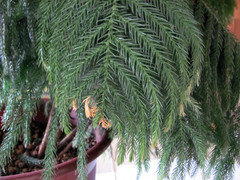Norfolk Island Pine - Needles & Tips Gradually Dying
Mark234
10 years ago
Featured Answer
Sort by:Oldest
Comments (10)
Will07
10 years agolast modified: 9 years agoveimar
10 years agolast modified: 9 years agoRelated Professionals
Danbury Landscape Architects & Landscape Designers · Hyattsville Landscape Architects & Landscape Designers · Peabody Landscape Contractors · Duarte Landscape Contractors · Holtsville Landscape Contractors · Little Ferry Landscape Contractors · Madera Landscape Contractors · Mastic Beach Landscape Contractors · Pleasanton Landscape Contractors · Riverview Landscape Contractors · South Portland Landscape Contractors · Sun City Center Landscape Contractors · East Patchogue Interior Designers & Decorators · Fernway Interior Designers & Decorators · New Providence Interior Designers & DecoratorsMark234
10 years agolast modified: 9 years agoMark234
10 years agolast modified: 9 years agoMark234
10 years agolast modified: 9 years agoMark234
10 years agolast modified: 9 years agoMark234
10 years agolast modified: 9 years agoGeorge Norte
5 years agoMark234
5 years ago
Related Stories

DECORATING GUIDESDecorating 101: How to Use White Right
If you’ve ever been in white-paint-swatch limbo, you know white can be tricky to work with. Here’s how to get the fresh look you’re after
Full Story
HOUSEPLANTSIndoor Winter Gardens for Cheerier Days
Bring plants inside for drab-days mood boosting — not to mention cleaner indoor air and protection for your greenery
Full Story
GARDENING GUIDESNew Ways to Think About All That Mulch in the Garden
Before you go making a mountain out of a mulch hill, learn the facts about what your plants and soil really want
Full Story
GARDENING GUIDESGarden Myths to Debunk as You Dig This Fall and Rest Over Winter
Termites hate wood mulch, don’t amend soil for trees, avoid gravel in planters — and more nuggets of garden wisdom
Full Story
LANDSCAPE DESIGNNatural Swimming Pools: More Beauty, No Chemicals
Keep your skin and the environment healthy with a pool that cleans itself, naturally
Full Story
FALL GARDENINGHouzz Call: Show Us Your Fall Color!
Post pictures of your fall landscape — plants, leaves, wildlife — in the Comments section. Your photo could appear in an upcoming article
Full Story
HOLIDAYS10 Ways Your Christmas Tree Can Live On After the Holidays
Learn how to recycle your Christmas tree and reap benefits for the environment
Full Story
SAVING WATERHouzz Call: Are You Letting Go of Your Lawn?
Many facing a drought are swapping turf for less thirsty plantings. If you’re one of them, we’d like to hear about it
Full Story
GREAT HOME PROJECTSHow to Replace Your Lawn With a Garden
New project for a new year: Lose the turfgrass for energy savings, wildlife friendliness and lower maintenance
Full Story
GREEN BUILDINGHouzz Tour: See a Concrete House With a $0 Energy Bill
Passive House principles and universal design elements result in a home that’ll work efficiently for the long haul
Full StorySponsored
More Discussions











Mark234Original Author